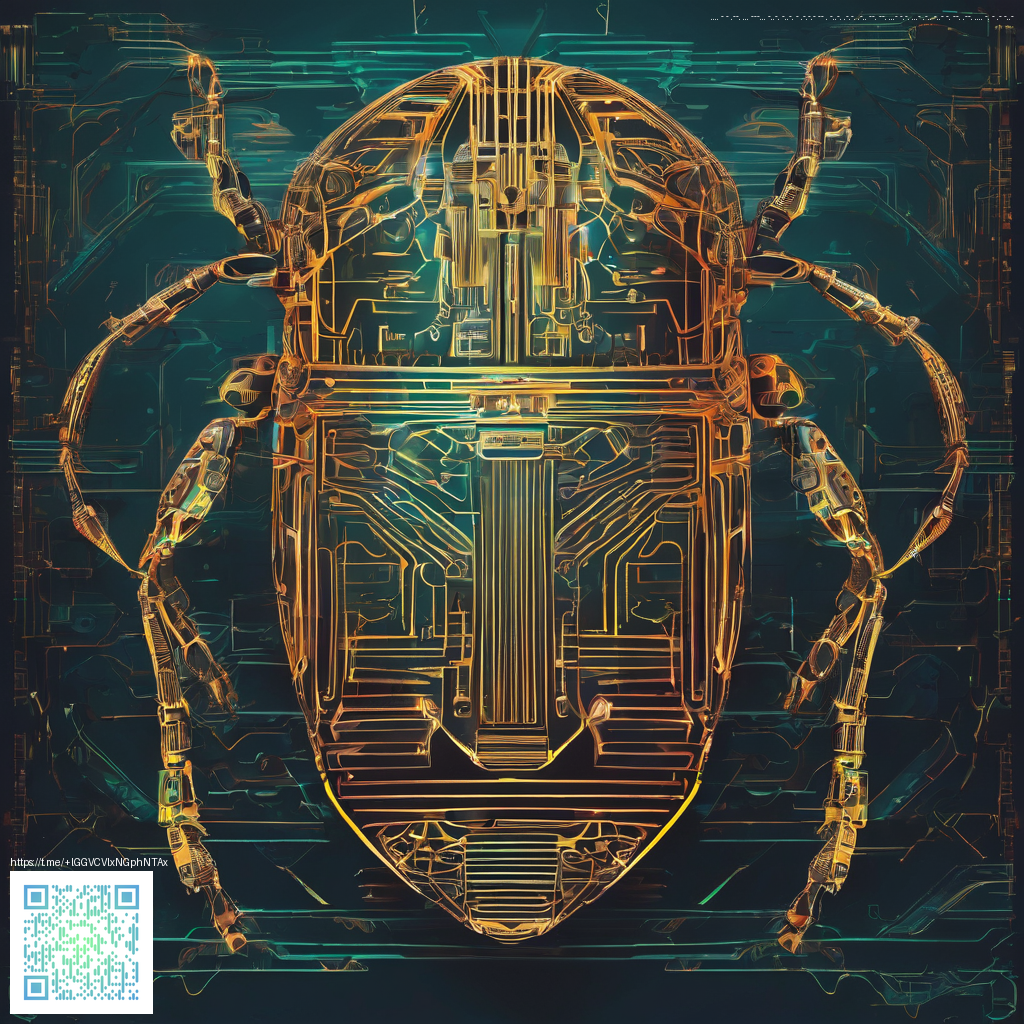
Getting Started with Prototyping in Figma
Embarking on your first product prototype can feel like stepping into a busy design studio with a camera ready to capture every idea. The good news? with Figma, you can turn fuzzy concepts into interactive experiences in hours, not days. This guide walks you through practical steps to translate rough ideas into a testable, shareable prototype 🚀. Along the way, you’ll see how a tangible example—like a Neon Gaming Mouse Pad 9x7—can serve as a playground for your prototyping process. Tip: you can explore the real-world product here Neon Gaming Mouse Pad 9x7 to ground your thinking in a concrete use case 🧩.
Clarify goals and user flows
Before you touch a single frame, define what success looks like. Ask yourself: Who is this for? What task should they accomplish? How will we know if the prototype helped them get there? In Figma, sketch out a few core user flows on paper or in a quick wireframe, then map these into frames that represent each step. This early mapping helps you avoid feature creep and keeps your prototype razor-focused 🎯.
- Identify primary tasks the user should complete (e.g., selecting a product, customizing a feature, checking out).
- Define success metrics (time to complete, error rate, or qualitative feedback).
- Capture edge cases like slow network, missing data, or ample error messaging.
“A prototype is a communication tool, not a final product.” Use it to learn, not to be perfect on the first try. 🗝️
Lay a foundation with a low-fidelity wireframe
Start simple. Create a dedicated Figma file and set up a clean grid system. Use rectangles for layout, basic shapes for UI controls, and placeholder text to establish rhythm. The goal is to test layout and navigation, not pixel perfection. With auto-layout and frames, you can rearrange content quickly as ideas evolve ✨.
- Frames and pages help separate research, wireframes, and the prototype itself.
- Auto Layout keeps elements aligned as you resize and iterate.
- Components begin as simple visuals that you’ll formalize later into a reusable kit.
Turn ideas into an interactive prototype
Prototyping in Figma becomes powerful when you connect screens with interactive hotspots. Create a logical flow from discovery to action—where tapping a product card reveals details, or a cart button transitions to checkout. Use Smart Animate to bring motion between states without getting lost in micro-details. This stage is where your design starts to feel real 🤖.
- Prototype interactions assign clickable links between frames to simulate navigation.
- Overlays replicate menus, modals, and quick views without leaving the current screen.
- Transitions choose between instant, easing, or Smart Animate to convey movement.
Design systems matter—scale your prototype
As you grow, you’ll want consistency. Create a small design system within Figma—colors, typography, shadows, and a library of components (buttons, cards, inputs). Variants let you model states (default, hover, active, disabled) without duplicating elements. This approach pays off when you share the prototype with teammates or stakeholders, because everyone sees a coherent, scalable interface 🧭.
Prototyping with a design system shortens feedback loops. Stakeholders focus on flow and logic, not the tiny visual details 🧩.
Share, gather feedback, and iterate
Figma makes collaboration straightforward. Share a live prototype link with teammates or users, enable comments, and watch insights roll in. Collect feedback on navigation clarity, labeling, and overall usefulness. Then, loop back to adjust flows, swap components, or tweak micro-interactions. The cycle from feedback to refinement is where the magic happens ✨.
- Permissions decide who can view or edit.
- Commenting isolates feedback on specific states or screens.
- Version history lets you compare iterations and revert if needed.
Practical example: using a physical product as a testing ground
Even non-digital products benefit from a thoughtful prototype. If your product concept involves a tactile accessory—like the Neon Gaming Mouse Pad 9x7—you can design the prototype around the user journey of selecting customization options, visualizing a matte neoprene feel, and simulating the unboxing experience. A real-world item helps you validate how users expect the interface to reflect features such as colorway, stitching, and grip texture. Remember, you’re testing the User Interface and the User Experience, not just the aesthetics 🎨.
When you’re ready to explore a concrete example in e-commerce tooling, you can reference the linked product page for inspiration on how product detail pages, options, and visual hierarchy can inform your prototype’s design decisions.
Checklist before you ship your prototype
- Have you defined a clear user goal for the main flows? 🎯
- Is the navigation intuitive across both low- and high-fidelity views? 🧭
- Are components reusable and states clearly defined? 🔧
- Did you gather feedback from at least two teammates or testers? 🗣️
- Is the prototype shareable with stakeholders, with comments enabled? 🔗
As you iterate, keep the focus on learning. Prototyping in Figma is less about delivering a polished product on day one and more about validating assumptions, uncovering usability gaps, and aligning team understanding. With steady practice, your first product prototype will evolve from rough sketches to a credible, testable experience that guides development and design decisions forward 🚀.
Similar Content
Explore related resources